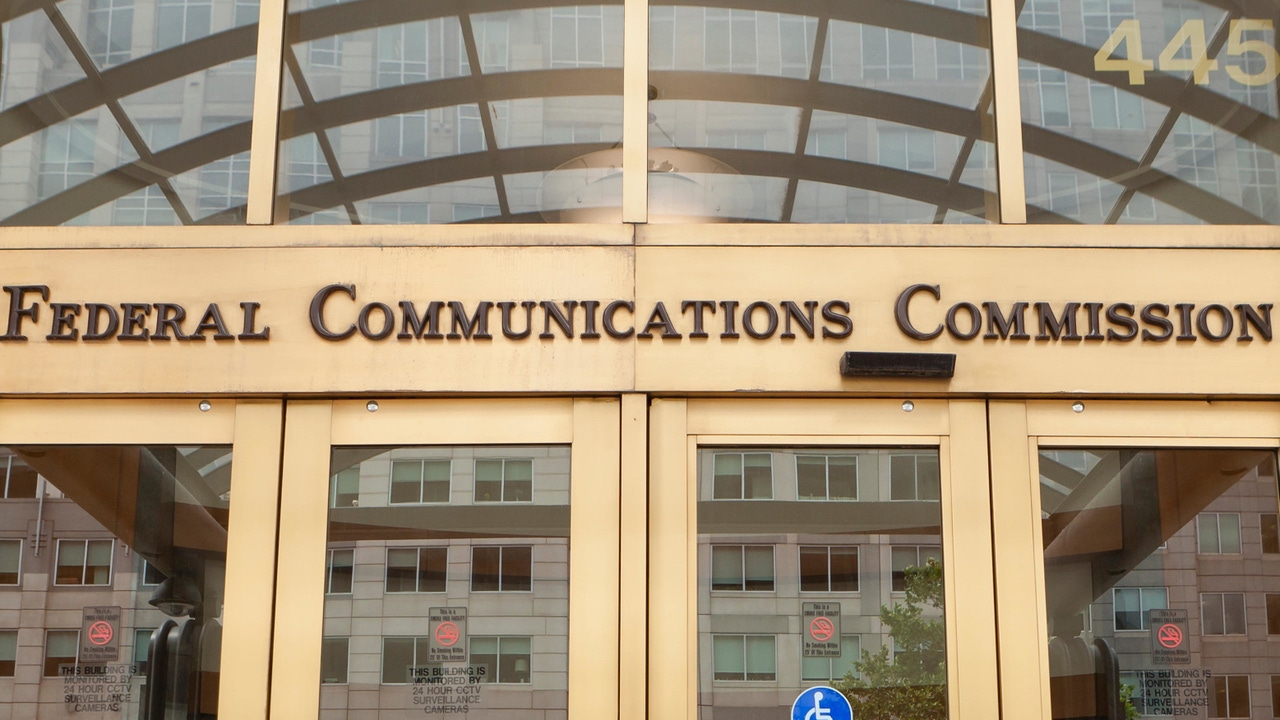US government coughs up for Rip and ReplaceUS government coughs up for Rip and Replace
The US Senate this week passed the National Defence Authorization Act (NDAA), which includes full funding for the removal of Chinese equipment from telecoms networks.
December 19, 2024

The act, an US$895 billion defence spending package, covers a broad swathe of provisions, but as far as telecoms is concerned it's all about the Secure and Trusted Communications Networks Reimbursement Program, or Rip and Replace, as it is better known.
The industry has spent months lobbying government for additional cash for the programme, which was conceived to help telecoms operators pay to rip out Chinese kit, supplied by Huawei and ZTE in particular, thereby protecting national security.
The initial $1.9 billion funding allocation under the programme barely touched the sides though and progress has been hampered by the lack of cash. The most recent progress update from the scheme showed that of the 126 funding applications approved, as of late November just 30 had completed the necessary work, and a number of those had additional invoices to submit. The remaining participants are working to various extended deadlines, with many claiming they would not be able to replace all the kit in their networks without more money.
The additional funding required comes in at $3.08 billion, which is a sizeable sum, but a drop in the ocean compared with overall US government spending.
Outgoing FCC chair Jessica Rosenworcel has been amongst the most vocal of those pushing Washington for the cash and she was also amongst the first to comment on the passage of the NDAA.
"I want to thank the House and the Senate for allocating the full amount required to protect our Nation's communications networks, and for recognizing that the FCC's spectrum auction authority can play an important national security role," Rosenworcel said. "I call on Congress to restore it in full."
Her comment refers to the fact that the additional Rip and Replace funding will be paid for out of the proceeds of the AWS-3 auction of 2015. Nearly a decade later, the $45 billion raised by that spectrum sale still seems like a lot of money, and the new Rip and Replace allocation is a fairly small percentage of it.
Rosenworcel also made sure to take the opportunity to remind us and the government that the FCC still has no authority to auction off spectrum. Caught in the political crossfire, the FCC lost its auction authority in early 2023 and has thus far failed to regain it, despite the best efforts of Rosenworcel and others.
The new Commission, which will be headed up by Brendan Carr, will take office in a matter of weeks. It may have more sway when it comes to spectrum matters. Either way, we can expect plenty of pressure from the mobile industry on that score come the new year.
About the Author
You May Also Like









.png?width=300&auto=webp&quality=80&disable=upscale)


_1.jpg?width=300&auto=webp&quality=80&disable=upscale)